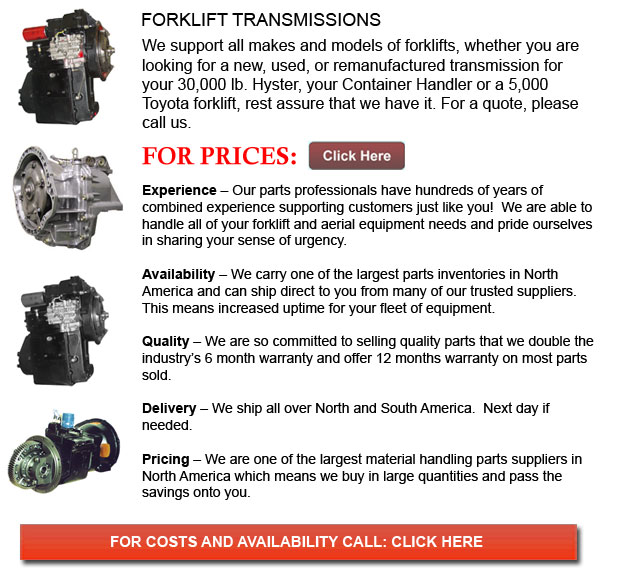
Forklift Transmission - A transmission or gearbox utilizes gear ratios so as to provide torque and speed conversions from one rotating power source to another. "Transmission" refers to the entire drive train that comprises, clutch, differential, final drive shafts, prop shaftand gearbox. Transmissions are most commonly used in vehicles. The transmission changes the output of the internal combustion engine to be able to drive the wheels. These engines need to operate at a high rate of rotational speed, something that is not right for slower travel, stopping or starting. The transmission increases torque in the process of decreasing the higher engine speed to the slower wheel speed. Transmissions are also used on fixed machines, pedal bikes and anywhere rotational torque and rotational speed need alteration.
Single ratio transmissions exist, and they function by adjusting the torque and speed of motor output. Lots of transmissions consist of multiple gear ratios and the ability to switch between them as their speed changes. This gear switching can be done by hand or automatically. Reverse and forward, or directional control, can be provided also.
The transmission in motor vehicles will typically connect to the engines crankshaft. The output travels via the driveshaft to one or more differentials in effect driving the wheels. A differential's main function is to adjust the rotational direction, though, it could also supply gear reduction too.
Power transmission torque converters as well as various hybrid configurations are other alternative instruments utilized for speed and torque alteration. Standard gear/belt transmissions are not the only mechanism presented.
Gearboxes are referred to as the simplest transmissions. They offer gear reduction normally in conjunction with a right angle change in the direction of the shaft. Often gearboxes are used on powered agricultural machinery, also called PTO machines. The axial PTO shaft is at odds with the normal need for the powered shaft. This particular shaft is either horizontal or vertically extending from one side of the implement to another, depending on the piece of equipment. Silage choppers and snow blowers are examples of more complicated machinery that have drives providing output in multiple directions.
The type of gearbox used in a wind turbine is much more complicated and larger compared to the PTO gearboxes used in farm machines. These gearboxes change the slow, high torque rotation of the turbine into the faster rotation of the electrical generator. Weighing up to quite a lot of tons, and depending on the size of the turbine, these gearboxes generally have 3 stages to achieve a whole gear ratio starting from 40:1 to more than 100:1. So as to remain compact and in order to distribute the massive amount of torque of the turbine over more teeth of the low-speed shaft, the initial stage of the gearbox is typically a planetary gear. Endurance of these gearboxes has been a concern for some time.
![]() Click to Download the pdf
Click to Download the pdf
Forklift Parts
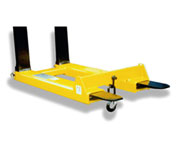
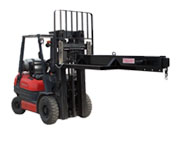
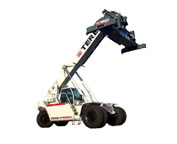
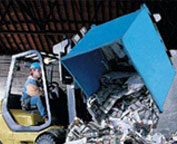
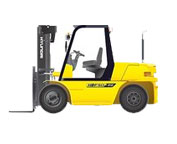
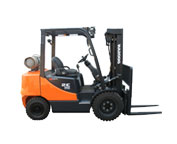
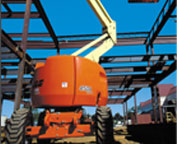
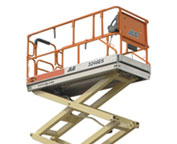
Lift Parts Express
TOLL FREE: 1-888-695-7994
Penticton, British Columbia
forkliftpartspenticton.ca
Email Us
About Us


